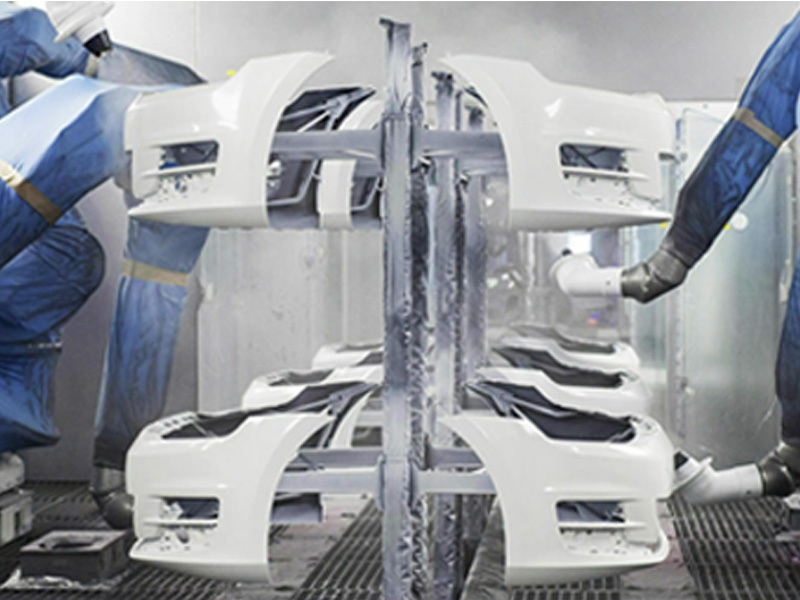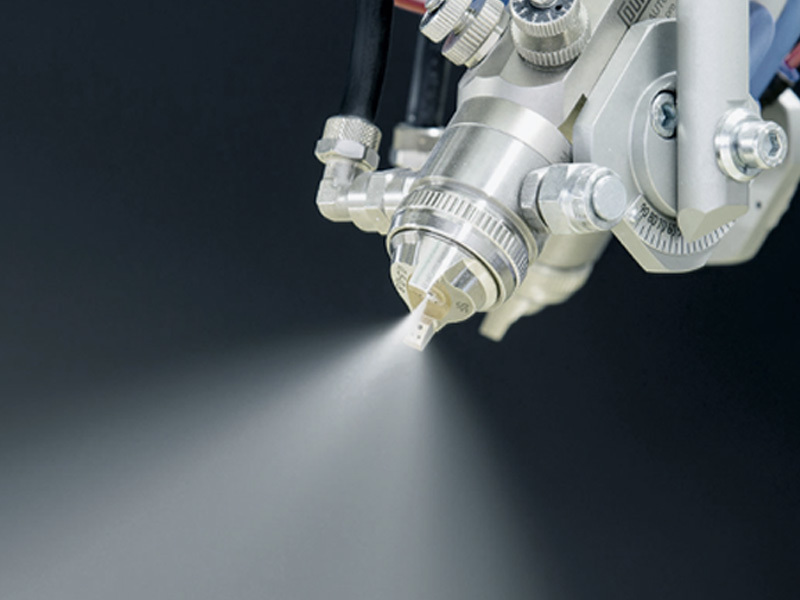Maximizing Efficiency: The Benefits of Energy Saving Circuit Board Spraying Lines
Release time:
2025-06-29
In the modern industrial landscape, energy efficiency has become a paramount concern, especially in manufacturing processes such as circuit board spraying. Energy-saving circuit board spraying lines serve as a crucial innovation, combining technology with eco-friendly practices to enhance productivity while reducing environmental impact. The circuit board spraying process is integral to the electr

In the modern industrial landscape, energy efficiency has become a paramount concern, especially in manufacturing processes such as circuit board spraying. Energy-saving circuit board spraying lines serve as a crucial innovation, combining technology with eco-friendly practices to enhance productivity while reducing environmental impact.
The circuit board spraying process is integral to the electronics manufacturing sector, ensuring that circuit boards are properly coated for protection and functionality. However, traditional spraying methods can consume significant amounts of energy, leading to higher operational costs and increased carbon footprints. This is where energy-saving circuit board spraying lines come into play, offering a range of features designed to minimize energy consumption without compromising on quality.
One of the primary advantages of energy-saving circuit board spraying lines is their advanced automation capabilities. These systems often integrate smart technology that optimizes the spraying process by adjusting parameters in real-time. For instance, they can monitor the amount of spray material used and adjust the application to reduce waste. This not only conserves energy but also ensures that the right amount of coating is applied, enhancing the quality of the final product.
Moreover, these energy-efficient systems typically utilize advanced heating and drying technologies that require less energy than traditional methods. By employing infrared or UV drying techniques, manufacturers can significantly reduce drying times, leading to shorter production cycles and lower overall energy costs. Additionally, the use of high-efficiency motors and pumps in these systems contributes to energy savings, ensuring that every component operates at peak efficiency.
Another important aspect of energy-saving circuit board spraying lines is their potential for sustainability. By minimizing energy use and reducing waste, these systems help companies lower their environmental impact. This aligns with the growing demand for sustainable manufacturing practices, as consumers and businesses alike are increasingly prioritizing eco-friendly products and processes.
Furthermore, investing in energy-saving circuit board spraying lines can enhance a company’s reputation and competitiveness in the market. As industries move towards greener practices, having an energy-efficient operation can be a significant advantage, attracting environmentally conscious clients and partners.
In conclusion, energy-saving circuit board spraying lines represent a transformative step in the industrial equipment sector, particularly within the spraying workshop environment. By focusing on automation, advanced drying technologies, and sustainable practices, these systems not only contribute to energy conservation but also enhance product quality and operational efficiency. As the demand for energy-efficient solutions continues to grow, manufacturers that adopt these innovative lines will likely find themselves at the forefront of the industry, ready to meet the challenges of a rapidly changing market.
The circuit board spraying process is integral to the electronics manufacturing sector, ensuring that circuit boards are properly coated for protection and functionality. However, traditional spraying methods can consume significant amounts of energy, leading to higher operational costs and increased carbon footprints. This is where energy-saving circuit board spraying lines come into play, offering a range of features designed to minimize energy consumption without compromising on quality.
One of the primary advantages of energy-saving circuit board spraying lines is their advanced automation capabilities. These systems often integrate smart technology that optimizes the spraying process by adjusting parameters in real-time. For instance, they can monitor the amount of spray material used and adjust the application to reduce waste. This not only conserves energy but also ensures that the right amount of coating is applied, enhancing the quality of the final product.
Moreover, these energy-efficient systems typically utilize advanced heating and drying technologies that require less energy than traditional methods. By employing infrared or UV drying techniques, manufacturers can significantly reduce drying times, leading to shorter production cycles and lower overall energy costs. Additionally, the use of high-efficiency motors and pumps in these systems contributes to energy savings, ensuring that every component operates at peak efficiency.
Another important aspect of energy-saving circuit board spraying lines is their potential for sustainability. By minimizing energy use and reducing waste, these systems help companies lower their environmental impact. This aligns with the growing demand for sustainable manufacturing practices, as consumers and businesses alike are increasingly prioritizing eco-friendly products and processes.
Furthermore, investing in energy-saving circuit board spraying lines can enhance a company’s reputation and competitiveness in the market. As industries move towards greener practices, having an energy-efficient operation can be a significant advantage, attracting environmentally conscious clients and partners.
In conclusion, energy-saving circuit board spraying lines represent a transformative step in the industrial equipment sector, particularly within the spraying workshop environment. By focusing on automation, advanced drying technologies, and sustainable practices, these systems not only contribute to energy conservation but also enhance product quality and operational efficiency. As the demand for energy-efficient solutions continues to grow, manufacturers that adopt these innovative lines will likely find themselves at the forefront of the industry, ready to meet the challenges of a rapidly changing market.











